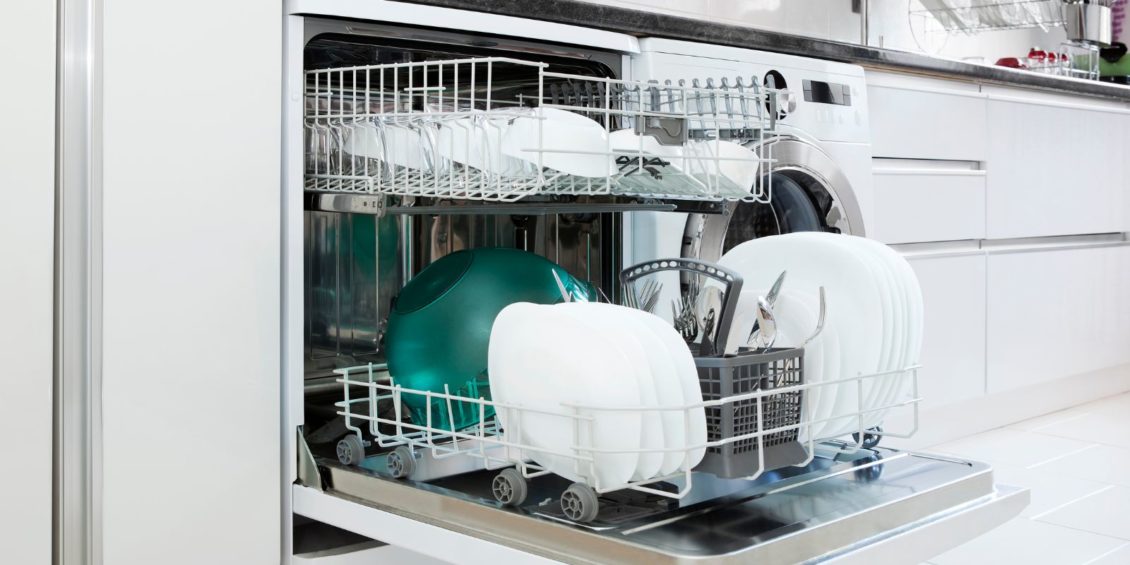Everyone knows that cleaning a dishwasher is low on the list of household priorities, but if your dishes are coming out worse than when they went in, then it might be time for action.
A bad smell emanating from the dishwasher, water leaking from the appliance, and error messages popping up on the screen are all signs that your trusty kitchen device needs a clean.
You’ll rarely need to bring in a plumber to help, as you can clean a dishwasher yourself with a few household items and some good old-fashioned elbow grease!
Just like learning all these steps for how to clean a washing machine, you’ll soon discover that your device works better than ever with regular spruce-ups and it’s far simpler than having to replace your gadget in the long run.
Here’s what to know when it’s time to clean your dishwasher to ensure it’s running smoothly and not building up with bits of food.
Removing the strainer
The first step in cleaning your dishwasher is to pull out the bottom rack, and then remove the drainage strainer at the bottom of the appliance. This is where the majority of food parts will accumulate and once you clean this area, your dishwasher will thank you for it!
There are a few sections in the strainer, so pull everything out and wash with liquid detergent and hot water. You can also use a toothbrush that has been dipped in white distilled vinegar to really scrub away any food build-up (and sometimes paper labels from plates or mugs) that has been stuck in the strainer.
Use vinegar and baking soda
Once the strainer is cleaned and dry, put everything back into the dishwasher and return the bottom rack. Find a plastic container or simply a glass, and then fill it with one cup of distilled white vinegar. Place this in the upper rack and run a typical wash cycle without any other dishes.
Afterwards, you can sprinkle the bottom part of the dishwasher with baking soda and run a short cycle. Allow the dishwasher to air-dry overnight. The vinegar is used to remove any grease and grime, and the baking soda helps to get rid of bad odours.
One thing to remember is not to run the dishwasher with both the vinegar and baking soda at the same time, as this will result in a bubbly, foamy mess! For more useful tips with vinegar and baking soda, see our guide for cleaning the kitchen sink.
The final step
To be 100% sure that your dishwasher is thoroughly cleaned, check the utensil holder and the detergent dispenser, as these can often hide some food parts and unwashed detergent. Wipe the sides and the door with the vinegar so that all sections of the dishwasher look as good as new.
Top tips to help your dishwasher stay clean
- Check the bottom strainer at least once a week and scrub away any good build-up
- Remove any excess food from plates into the rubbish bin and give them a light rinse with your kitchen tap before placing it in the dishwasher
- Take off stickers or any packaging if you’ve recently bought new plates or coffee mugs
- Look at the warning lights: Your dishwasher will tell you if you need more salt or if there is a draining problem
- Try to not cram every last item into the dishwasher, as the water needs to circulate around effectively
Keep in mind that there are many signs that indicate you might need a new dishwasher, but before looking in an electronics store, try the above tips for cleaning your dishwasher and see if everything runs smoothly again.








Leave a Reply
View Comments